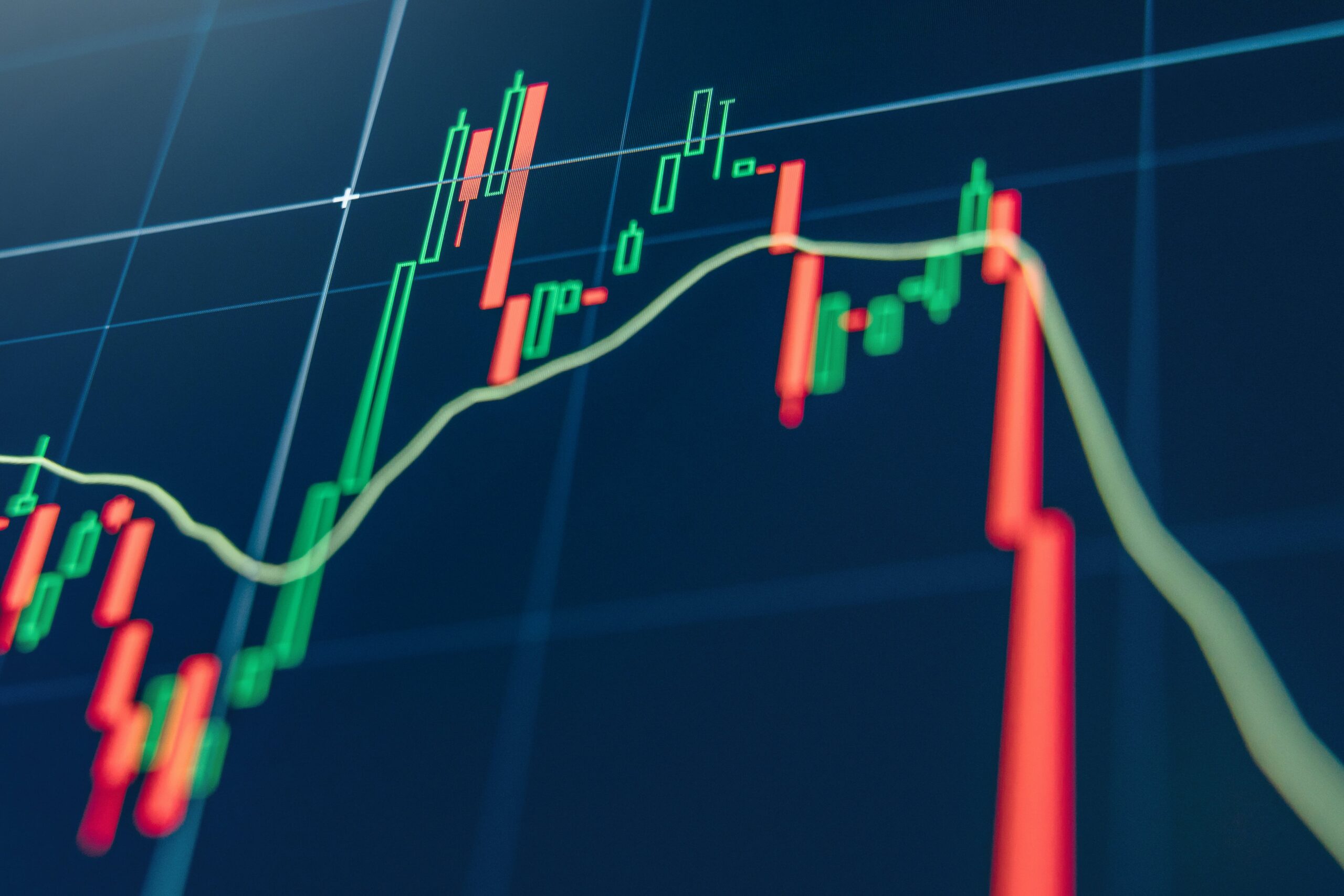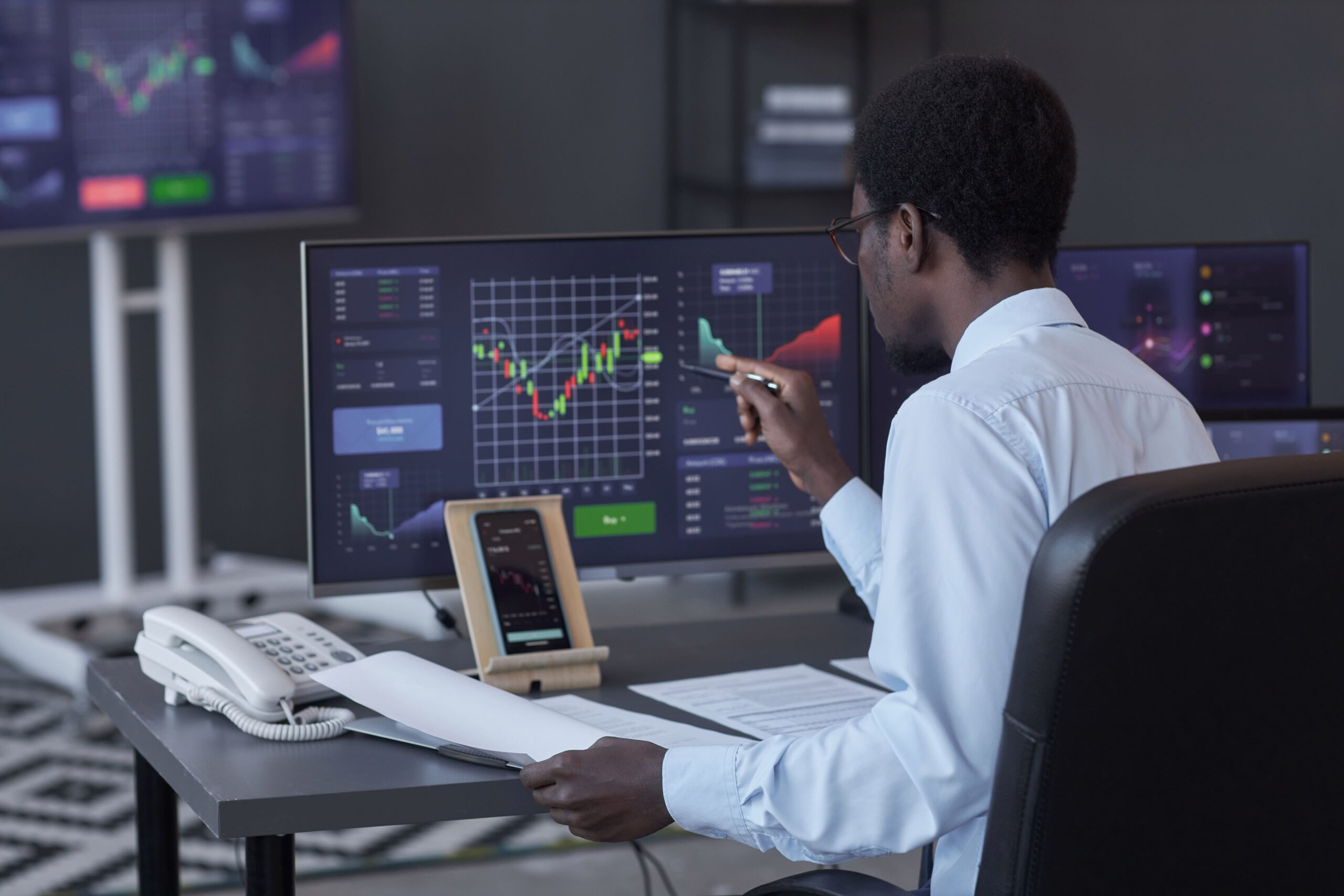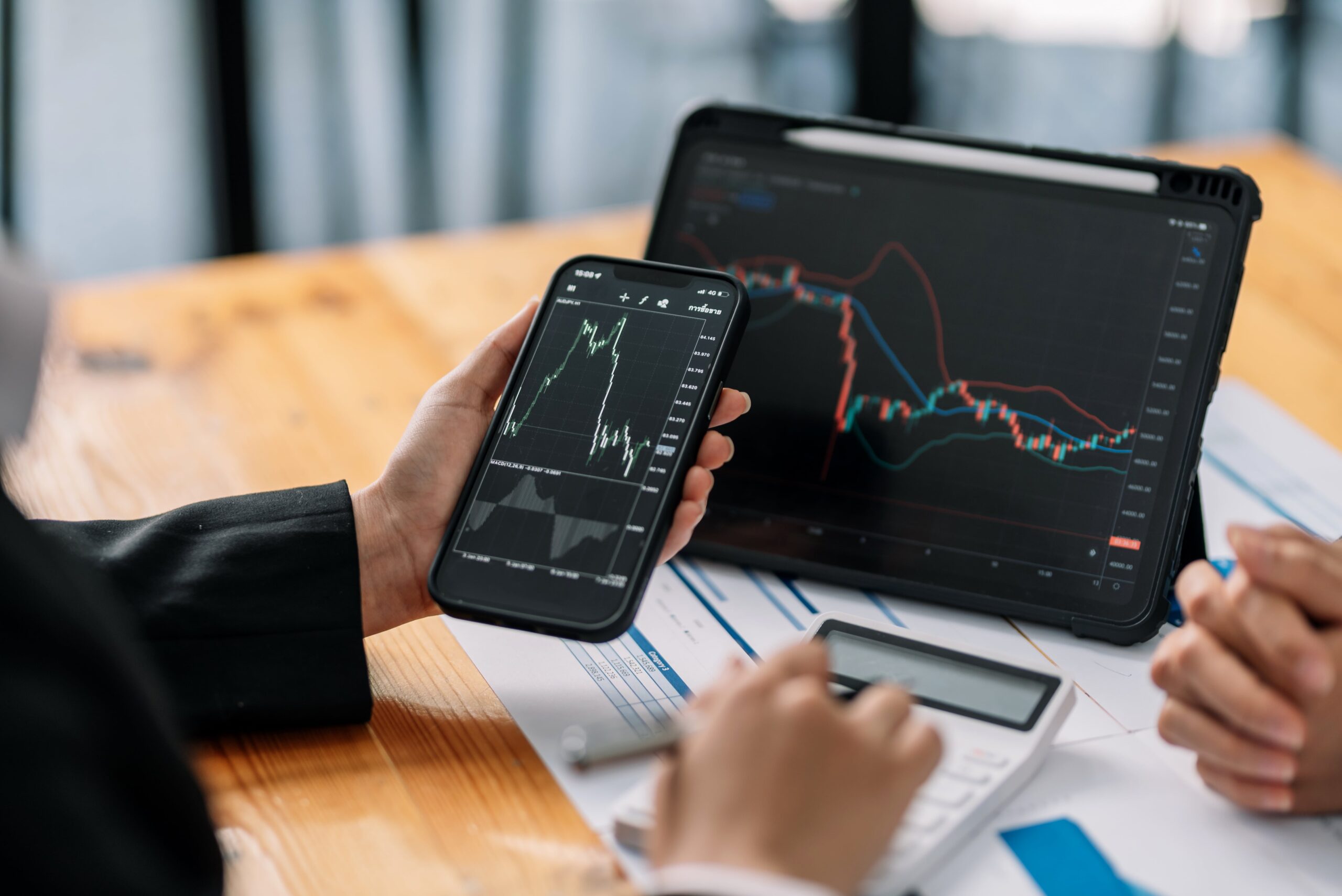Crypto futures trading has become increasingly popular as it allows traders to speculate on the price of cryptocurrencies without actually owning them. While crypto futures can be profitable, they come with unique risks and complexities.
This article covers the essentials of crypto futures, including how they work, their benefits and risks, and key strategies for beginners.

Understanding Crypto Futures Trading
Crypto futures are contracts that allow you to buy or sell a cryptocurrency at a predetermined price on a specific date in the future. Unlike traditional spot trading, where you own the asset, futures contracts only give you exposure to the asset’s price movement. With futures, you can profit from both rising and falling markets, depending on your position.
There are two main types of futures contracts:
- Perpetual Contracts: These contracts have no expiration date and are continuously traded, allowing traders to hold positions as long as they want (subject to maintenance margin requirements).
- Fixed-Term Contracts: These contracts have a set expiration date. At expiration, any open position is either automatically settled or closed.
In crypto futures trading, you can take a long position if you expect the price to rise or a short position if you believe the price will fall.
Advantages of Trading Crypto Futures
Crypto futures trading offers several benefits that attract traders:
- Leverage: Futures trading allows you to trade with leverage, meaning you can open a larger position than your initial investment. For example, with 10x leverage, a $100 investment can control a $1,000 position. This amplifies potential profits but also increases the risk of losses.
- Hedging: Futures contracts can be used as a hedge to protect your portfolio from adverse price movements. For instance, if you own a significant amount of Bitcoin and are worried about a potential decline, you can open a short futures position to offset the loss if the price falls.
- Profit from Market Drops: Unlike spot trading, futures allow you to take advantage of falling markets by going short. This flexibility is especially useful in the highly volatile crypto market.
Risks of Crypto Futures Trading
While crypto futures offer exciting opportunities, they also come with inherent risks, particularly for beginners.
- High Leverage Risk: Leverage can amplify profits, but it can also magnify losses. A small price movement in the opposite direction can quickly lead to significant losses, especially if you’re trading with high leverage.
- Liquidation Risk: Futures trading requires a margin deposit. If the market moves against your position and your margin falls below the required level, your position may be liquidated automatically. This means you could lose your entire investment.
- Market Volatility: Cryptocurrency markets are notoriously volatile. Rapid price swings can result in high-risk trading environments, where positions can turn against you quickly.
Key Terms in Crypto Futures Trading
Before diving into crypto futures, familiarize yourself with some key terms:
- Margin: The collateral you must deposit to open and maintain a leveraged position. Initial margin is the amount required to open a position, while maintenance margin is the minimum balance needed to keep it open.
- Liquidation Price: This is the price at which your position will be automatically closed if the market moves against you, preventing further losses. The liquidation price depends on the leverage and margin requirements.
- Funding Rate: In perpetual futures, the funding rate is a periodic payment exchanged between traders based on the difference between the futures and spot prices. This rate helps keep the perpetual contract price aligned with the underlying asset’s price.

Tips for Beginners in Crypto Futures Trading
If you’re new to crypto futures, it’s important to start cautiously. Here are some beginner-friendly tips:
- Begin with Low Leverage: While high leverage can be tempting, it’s safer to start with low leverage, such as 2x or 3x. This approach reduces your risk exposure and allows you to learn without risking significant capital.
- Use Stop-Loss Orders: A stop-loss order automatically closes your position if the price moves to a specified level, helping to limit your losses. Setting a stop-loss order is crucial in futures trading, especially when using leverage.
- Allocate Only a Small Portion of Your Capital: Futures trading is risky, so avoid putting all your funds into a single position. By only using a small percentage of your total capital, you can reduce the impact of potential losses.
- Practice on Demo Accounts: Many platforms offer demo accounts that allow you to trade with virtual funds. Practicing on a demo account can help you understand how futures work and develop strategies before risking real money.
Choosing the Right Platform for Crypto Futures
When selecting a platform for crypto futures trading, consider factors such as security, fees, available leverage, and user experience. Popular exchanges offering crypto futures include Binance, Bybit, and BitMEX, each with its unique features. Be sure to research each platform’s reputation and security measures to ensure a safe trading environment.
Conclusion
Crypto futures trading offers unique opportunities to profit from both rising and falling markets, as well as the potential to use leverage to amplify gains. However, it’s essential to understand the risks, including leverage and liquidation risks, before diving in.
For beginners, starting with low leverage, using stop-loss orders, and practicing on demo accounts can build confidence and minimize risk exposure. With a strong understanding of crypto futures basics and careful risk management, traders can make the most of this exciting and dynamic trading option.










